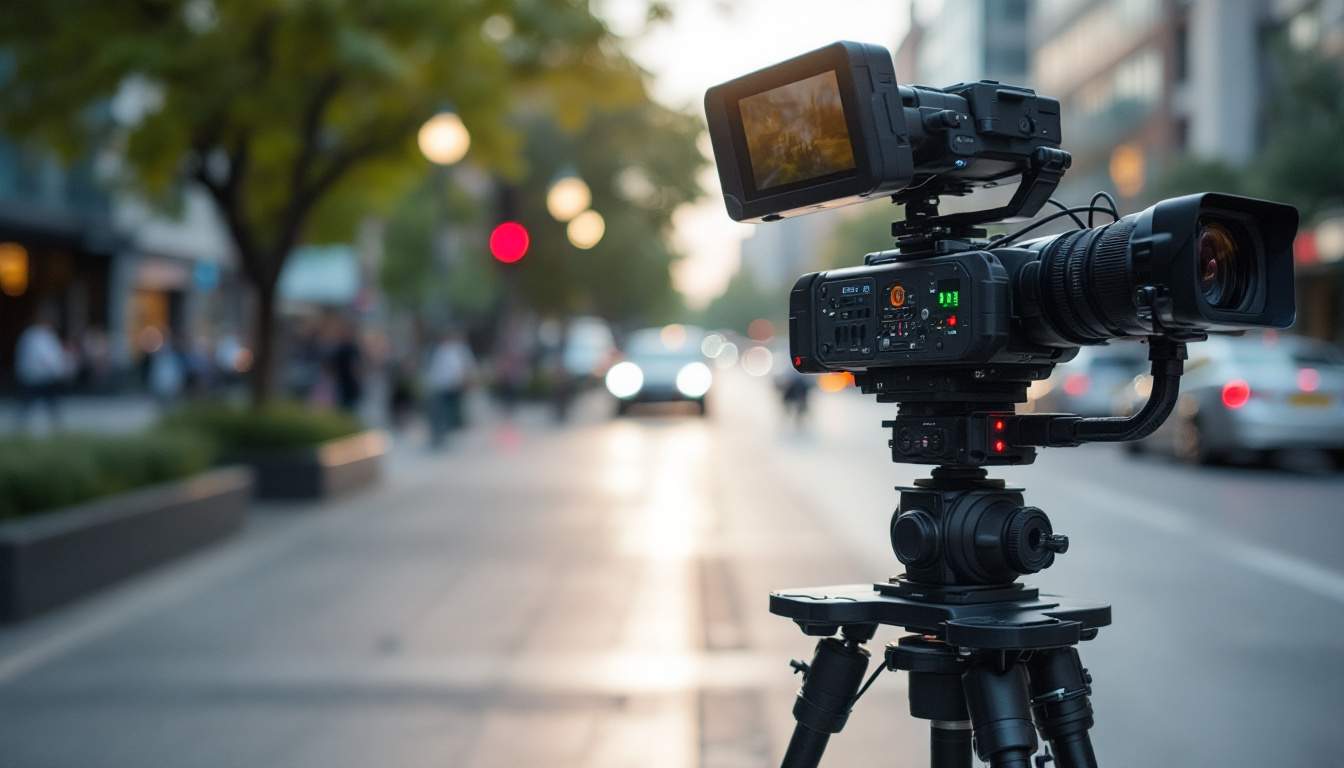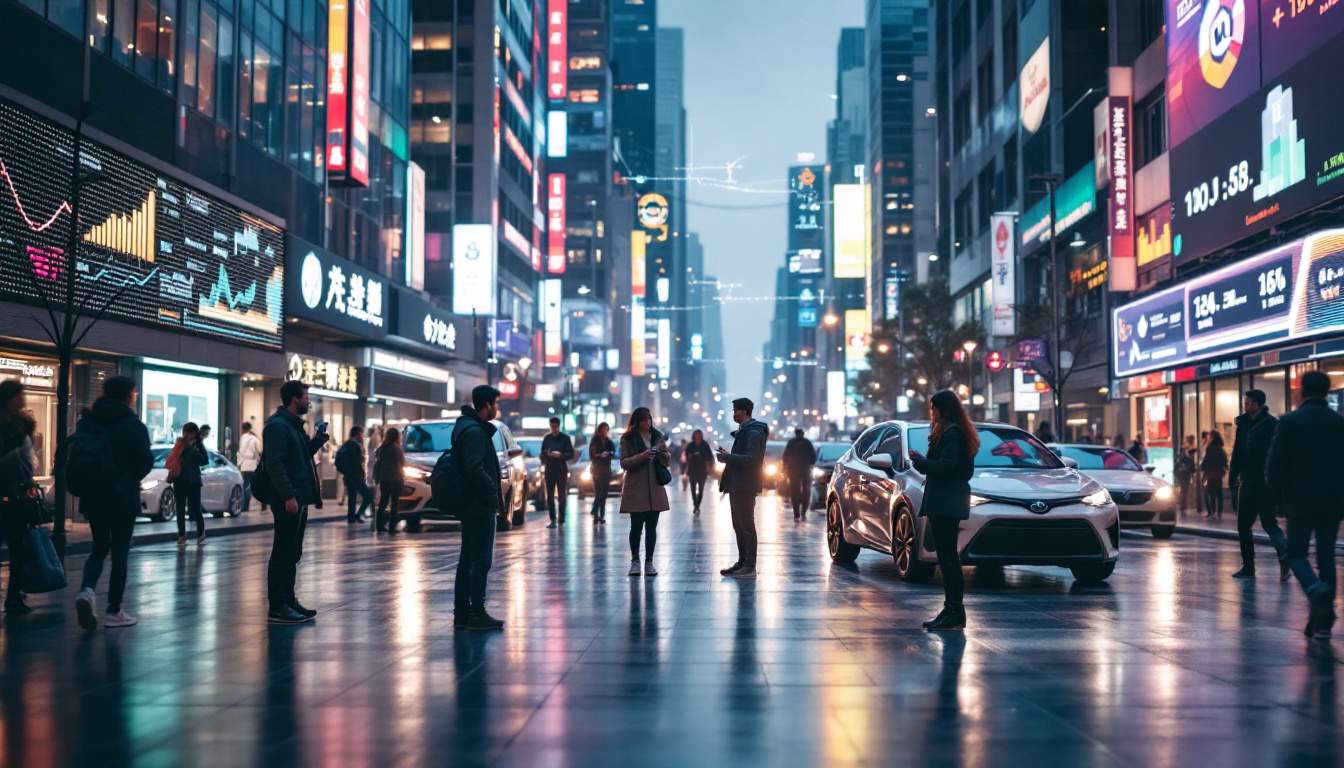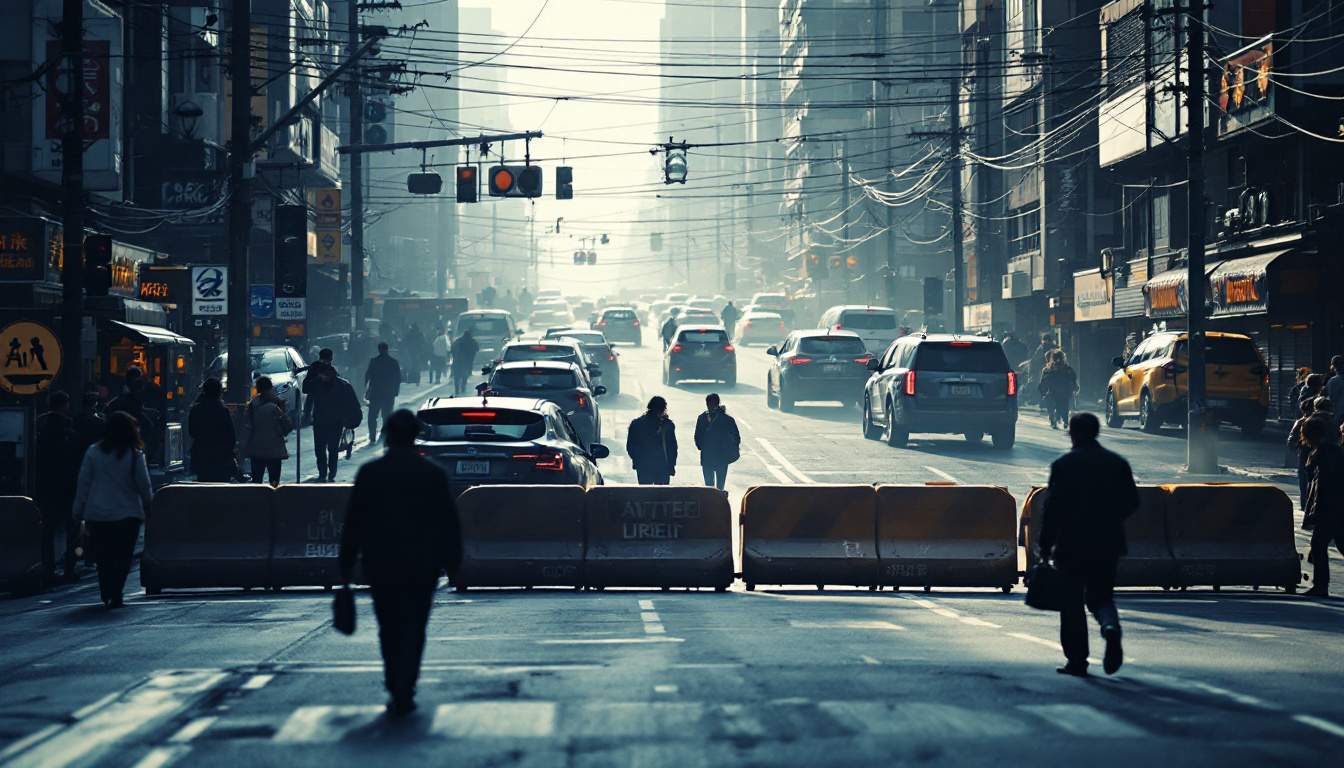Scene Recognition: AI Video Analytics Explained
Scene recognition is a critical component of AI video analytics, which involves the identification and understanding of various elements within a video scene. It's a complex process that leverages artificial intelligence and machine learning algorithms to analyze video content, identify objects, people, and activities, and interpret the context of the scene.
As a subfield of AI video analytics, scene recognition plays a vital role in various applications, including surveillance, autonomous vehicles, content recommendation, and more. This glossary article delves into the intricate details of scene recognition, its significance in AI video analytics, and the underlying technologies that make it possible.
Understanding Scene Recognition
Scene recognition, at its core, is about understanding the context of a video scene. It involves identifying the objects present, the activities taking place, and the relationships between these elements. This understanding is crucial for many AI applications, as it provides the context necessary for intelligent decision-making.
For instance, in a surveillance scenario, scene recognition could identify a person leaving a bag unattended in a public place, triggering an alert for potential suspicious activity. In an autonomous vehicle, scene recognition could identify a pedestrian crossing the road, prompting the vehicle to stop.
Components of Scene Recognition
Scene recognition consists of several components, each contributing to the overall understanding of the video scene. These components include object detection, activity recognition, and scene understanding.
Object detection involves identifying and locating objects within the scene. This could include people, vehicles, buildings, and more. Activity recognition, on the other hand, is about understanding the actions taking place within the scene. This could involve identifying a person walking, a car driving, or a ball being thrown. Finally, scene understanding brings these elements together to interpret the context of the scene.
Importance of Scene Recognition in AI Video Analytics
Scene recognition is a crucial aspect of AI video analytics, providing the context necessary for intelligent decision-making. Without an understanding of the scene, AI systems would struggle to interpret video content accurately, leading to incorrect decisions and actions.
For instance, in a surveillance scenario, an AI system without scene recognition might identify a person leaving a bag unattended but fail to understand the significance of this action. With scene recognition, the system could identify this as potential suspicious activity, triggering an alert.
Technologies Behind Scene Recognition
Scene recognition leverages several technologies, including artificial intelligence, machine learning, and computer vision. These technologies work together to analyze video content, identify objects and activities, and interpret the context of the scene.

Artificial intelligence provides the foundation for scene recognition, enabling systems to analyze video content and make intelligent decisions. Machine learning, a subset of AI, allows these systems to learn from data, improving their performance over time. Computer vision, another subset of AI, enables systems to 'see' and understand visual content.
Artificial Intelligence and Machine Learning
Artificial intelligence and machine learning are at the heart of scene recognition. AI enables systems to analyze video content and make intelligent decisions, while machine learning allows these systems to learn from data, improving their performance over time.
Machine learning algorithms, such as convolutional neural networks (CNNs), are often used in scene recognition. These algorithms can learn to identify objects and activities in video scenes, improving their accuracy over time. They can also learn to understand the context of a scene, enabling them to make more accurate decisions.
Computer Vision
Computer vision is another crucial technology in scene recognition. It enables systems to 'see' and understand visual content, much like a human would. This involves identifying and locating objects within a scene, understanding the activities taking place, and interpreting the context of the scene.
Computer vision algorithms, such as image segmentation and optical flow, are often used in scene recognition. Image segmentation involves dividing an image into segments, each representing a different object or part of the scene. Optical flow, on the other hand, involves tracking the movement of objects within a scene, providing insight into the activities taking place.
Applications of Scene Recognition
Scene recognition has a wide range of applications, from surveillance and autonomous vehicles to content recommendation and more. In each of these applications, scene recognition provides the context necessary for intelligent decision-making.

In surveillance, for instance, scene recognition can identify suspicious activities, triggering alerts for security personnel. In autonomous vehicles, scene recognition can identify obstacles and pedestrians, enabling the vehicle to navigate safely. In content recommendation, scene recognition can analyze video content to recommend similar content to users.
Surveillance
One of the primary applications of scene recognition is in surveillance. Here, scene recognition can identify suspicious activities, such as a person leaving a bag unattended in a public place, triggering alerts for security personnel.
By understanding the context of a scene, scene recognition can also help to reduce false alarms. For instance, it could distinguish between a person loitering and a person waiting for a bus, preventing unnecessary alerts.
Autonomous Vehicles
Scene recognition is also crucial in autonomous vehicles, where it can identify obstacles and pedestrians, enabling the vehicle to navigate safely. By understanding the context of a scene, scene recognition can help autonomous vehicles make intelligent decisions, such as when to stop, when to change lanes, and when to proceed at an intersection.
For instance, scene recognition could identify a pedestrian crossing the road, prompting the vehicle to stop. It could also identify a car in the next lane moving closer, prompting the vehicle to change lanes.
Content Recommendation
Scene recognition can also be used in content recommendation, where it can analyze video content to recommend similar content to users. By understanding the context of a video scene, scene recognition can identify the themes and activities within the content, enabling it to recommend similar content.
For instance, if a user watches a lot of action movies, scene recognition could identify the action scenes within these movies and recommend other movies with similar action scenes.
Challenges and Future Directions
While scene recognition has made significant strides in recent years, there are still many challenges to overcome. These include improving the accuracy of scene recognition, dealing with complex scenes, and ensuring privacy and ethical considerations are met.

Despite these challenges, the future of scene recognition looks promising, with advancements in AI and machine learning likely to drive further improvements. As these technologies continue to evolve, we can expect to see even more accurate and efficient scene recognition systems in the future.
Improving Accuracy
One of the main challenges in scene recognition is improving accuracy. While current systems can identify objects and activities with a high degree of accuracy, there is still room for improvement. This is particularly true in complex scenes, where multiple objects and activities are present.
Improving accuracy will require advancements in AI and machine learning algorithms, as well as more high-quality training data. With these improvements, we can expect to see more accurate scene recognition systems in the future.
Dealing with Complex Scenes
Another challenge in scene recognition is dealing with complex scenes. In these scenes, multiple objects and activities are present, making it difficult for systems to accurately identify and understand all the elements.
Dealing with complex scenes will require advancements in AI and machine learning algorithms, as well as more sophisticated scene understanding techniques. With these advancements, we can expect to see scene recognition systems that can handle even the most complex scenes.
Privacy and Ethical Considerations
As with any technology that involves analyzing video content, there are privacy and ethical considerations to take into account with scene recognition. These include ensuring that video content is analyzed in a way that respects individuals' privacy and that the technology is used ethically.
Addressing these considerations will require clear guidelines and regulations, as well as technologies that can analyze video content without infringing on individuals' privacy. With these measures in place, we can ensure that scene recognition is used in a way that respects individuals' rights and privacy.


